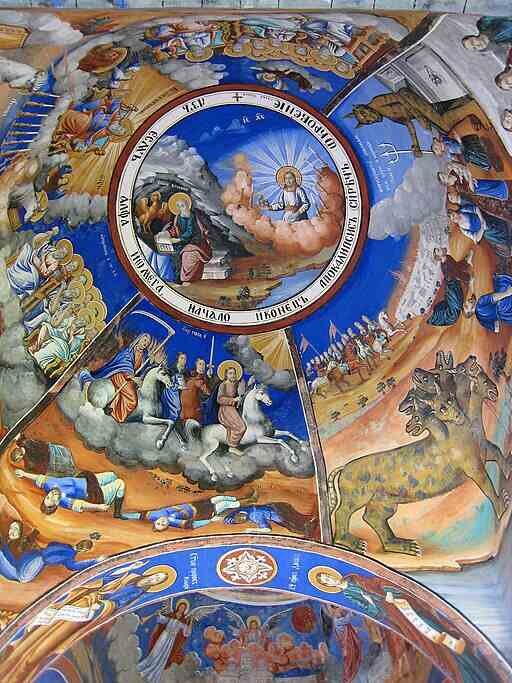Scientology: What Is It and Why Is It So Controversial?
Scientology is one of the most talked-about and polarizing movements in the modern world. Often associated with celebrity followers, secretive teachings, and global influence, it’s a subject of both fascination and skepticism.
But what is Scientology, really? Where did it come from, and why does it attract such strong opinions?
Origins: Who Founded Scientology?
The movement was founded in 1952 by L. Ron Hubbard, an American science fiction writer. Initially, Hubbard developed a system known as Dianetics, which he described as a methodology for addressing mental and emotional issues. His book Dianetics: The Modern Science of Mental Health became a bestseller, but the scientific and psychiatric communities rejected his claims.
Shortly after, Hubbard rebranded his ideas as a religious philosophy, introducing a broader framework called Scientology. In 1954, the first Church of Scientology was established in California. Since then, the organization has expanded globally, with activities spanning spiritual guidance, rehabilitation programs, and social outreach initiatives such as Narconon (drug recovery) and Criminon (prisoner rehabilitation).
What Does Scientology Teach?
At the core of its belief system is the idea that humans are spiritual beings, known as thetans, who are inherently good and possess untapped potential. According to Hubbard’s teachings, thetans are immortal and capable of achieving states of higher consciousness and spiritual freedom.
To reach these elevated states, followers undergo a process called “auditing”—a type of counseling that aims to free individuals from negative past experiences. This is often facilitated using a device called an E-meter, which is said to detect mental stress. Auditing is considered essential for spiritual growth, and members progress through levels known as the Bridge to Total Freedom.
Is Scientology a Religion?
This question has led to legal and cultural debate around the world.
Recognized as a religion in the United States (since 1993), as well as in countries like Italy, Sweden, Spain, and Portugal.
In France, Germany, Belgium, and the UK, however, Scientology lacks religious status. In France, a 1995 parliamentary report categorized it as a sect.
Why Is Scientology Controversial?
The organization has faced ongoing scrutiny and legal challenges. Common criticisms include:
Financial practices: Courses, auditing sessions, and materials are often costly. Detractors argue the Church profits by pressuring members to make large donations.
Control and isolation: Former members report being urged to disconnect from non-believers, including family and friends.
Opposition to psychiatry: The Church rejects mainstream mental health treatment, believing that mental illnesses can be addressed through spiritual practices.
Allegations of harassment: Media investigations and legal documents have highlighted claims of intimidation against critics and defectors.
In a 1991 Time Magazine cover story, the movement was described as “a global racket that survives by intimidating its members and critics.”
Understanding Proof of Concept | A Strategic Approach to Innovation
Who Are Scientologists?
The Church claims over 12 million adherents worldwide, including 45,000 in France. Independent estimates are more conservative, ranging between 100,000 to 200,000 active members globally.
Scientology is well-known for its celebrity supporters, a group that L. Ron Hubbard considered vital to spreading his teachings. High-profile members have included:
Tom Cruise
John Travolta
Kirstie Alley
Lisa Marie Presley
Isaac Hayes
These public figures have played a prominent role in promoting Scientology, often defending its principles in the media.
Final Thoughts
Whether viewed as a genuine belief system, a social movement, or a controversial organization, Scientology continues to provoke debate. With a complex mix of spiritual promises, institutional secrecy, and high-profile adherents, it remains one of the most enigmatic forces in modern religion and culture.
Sources: PinterPandai, The New York Times, AP News, Bartleby, The Canadian Journal of Sociology / Cahiers canadiens de sociologie (Jstor)
Photo powered by chatGPT



